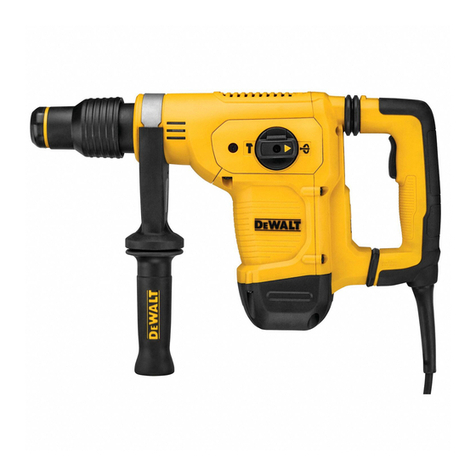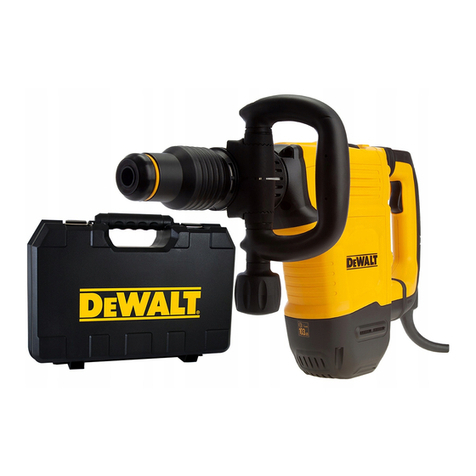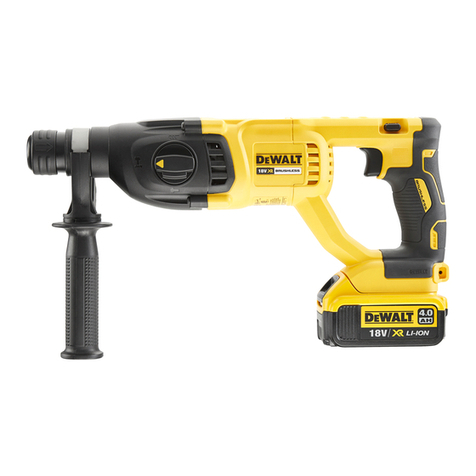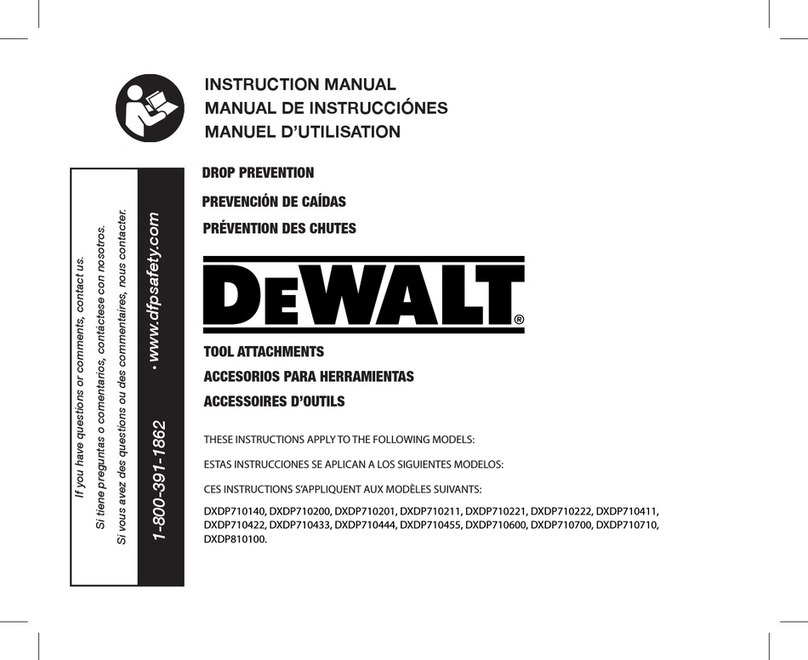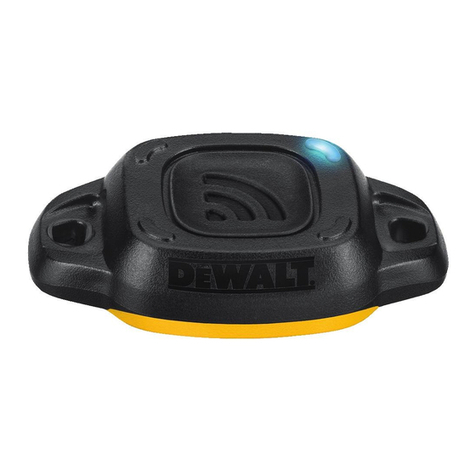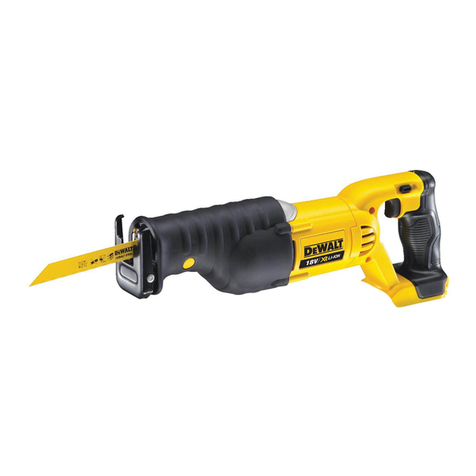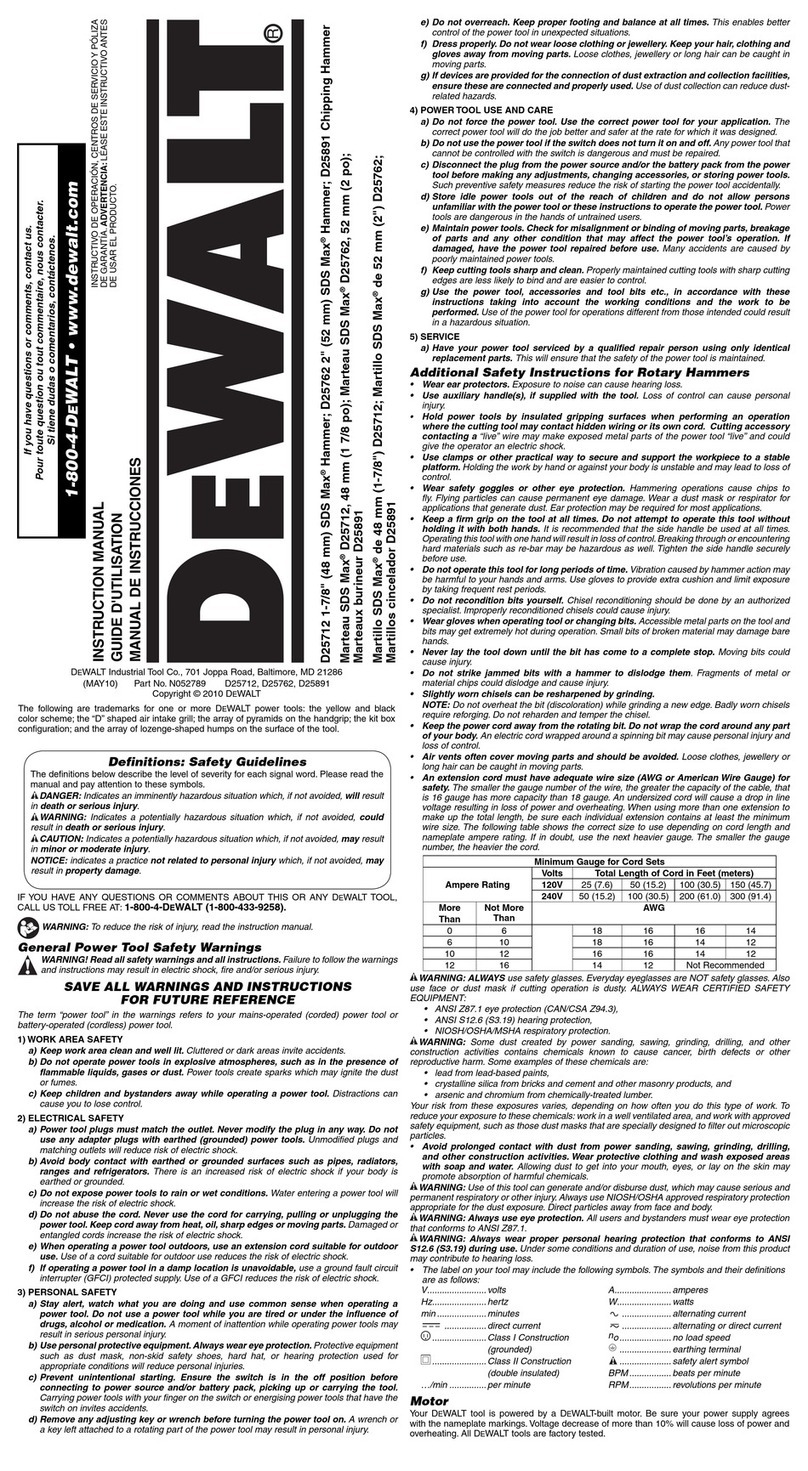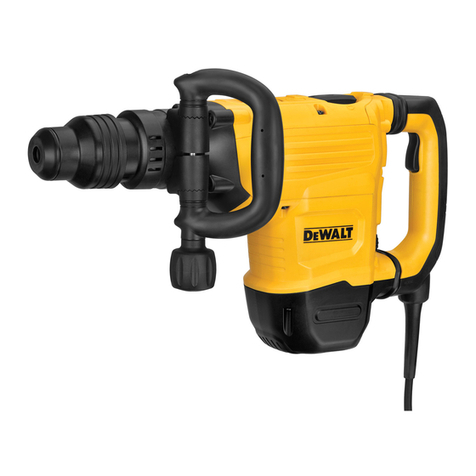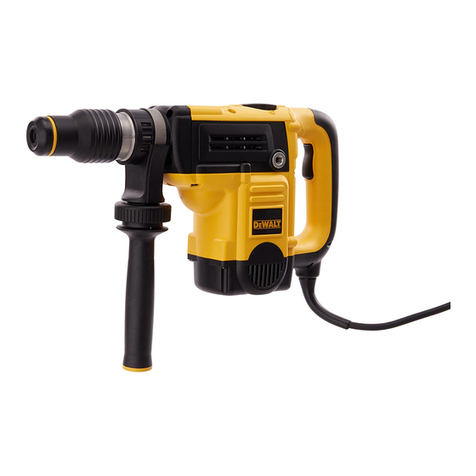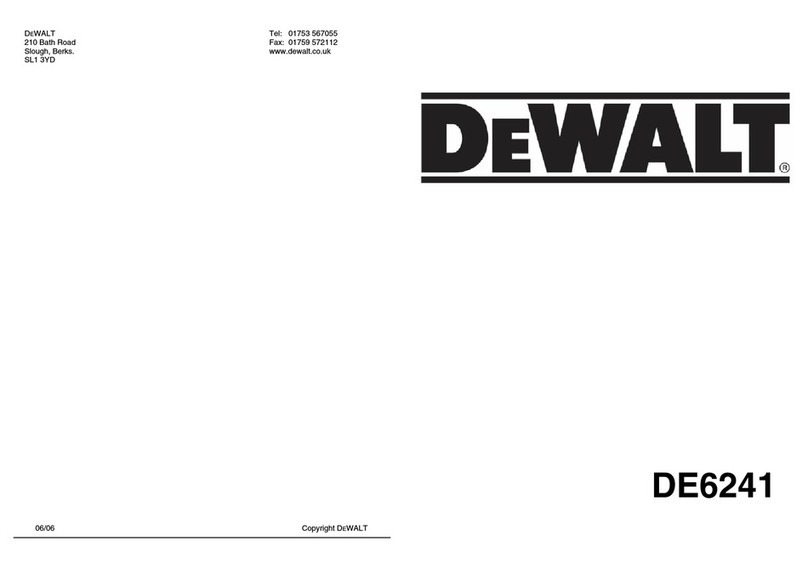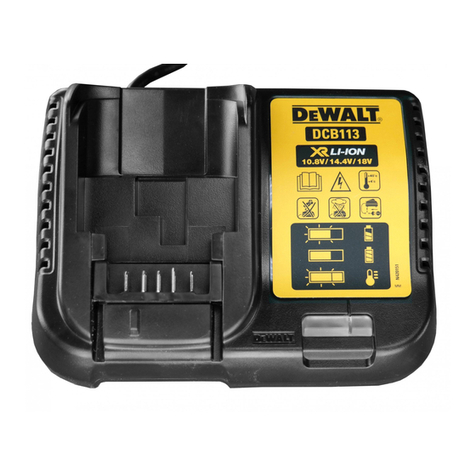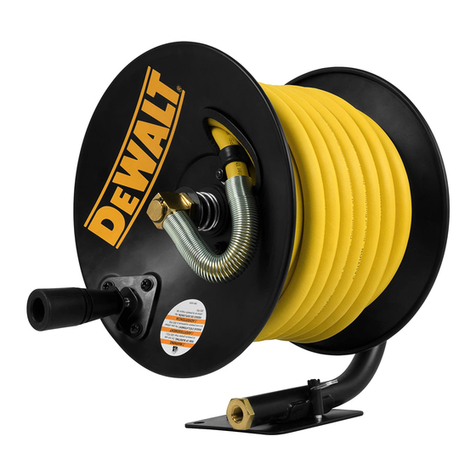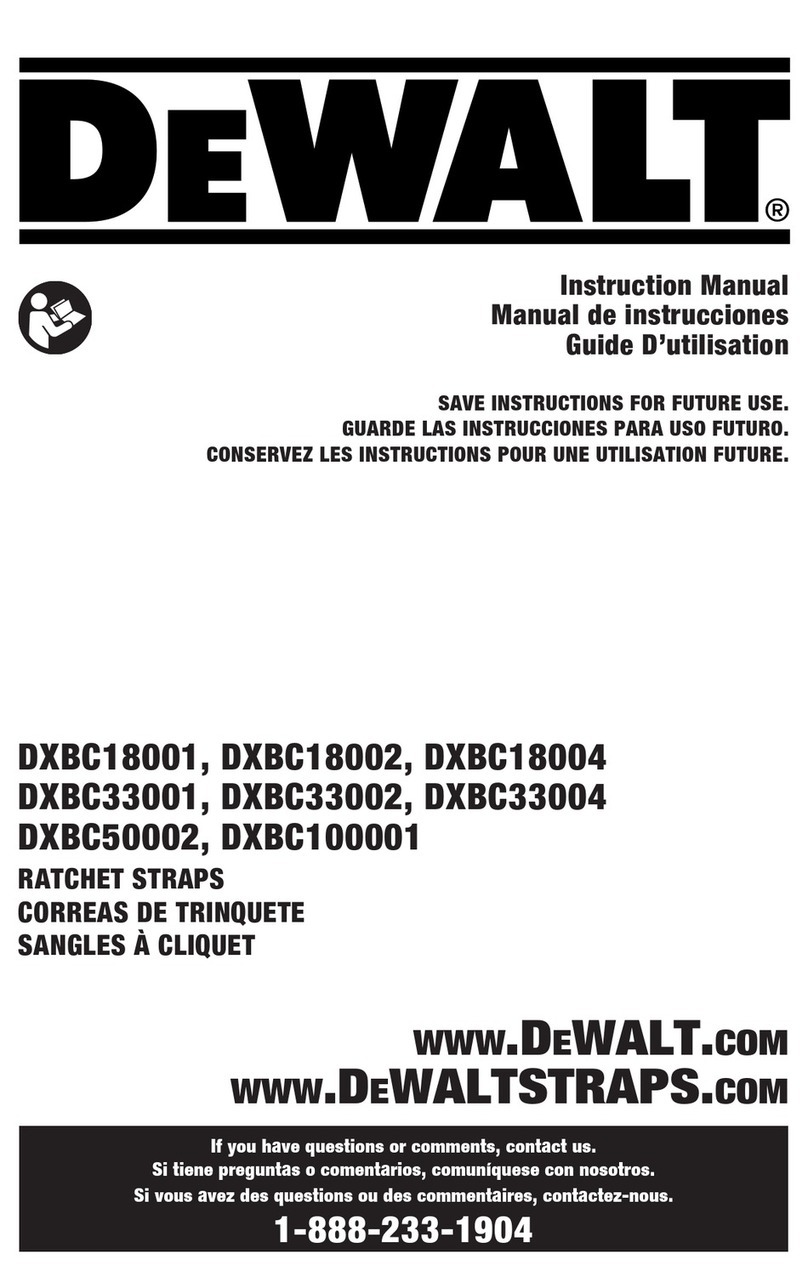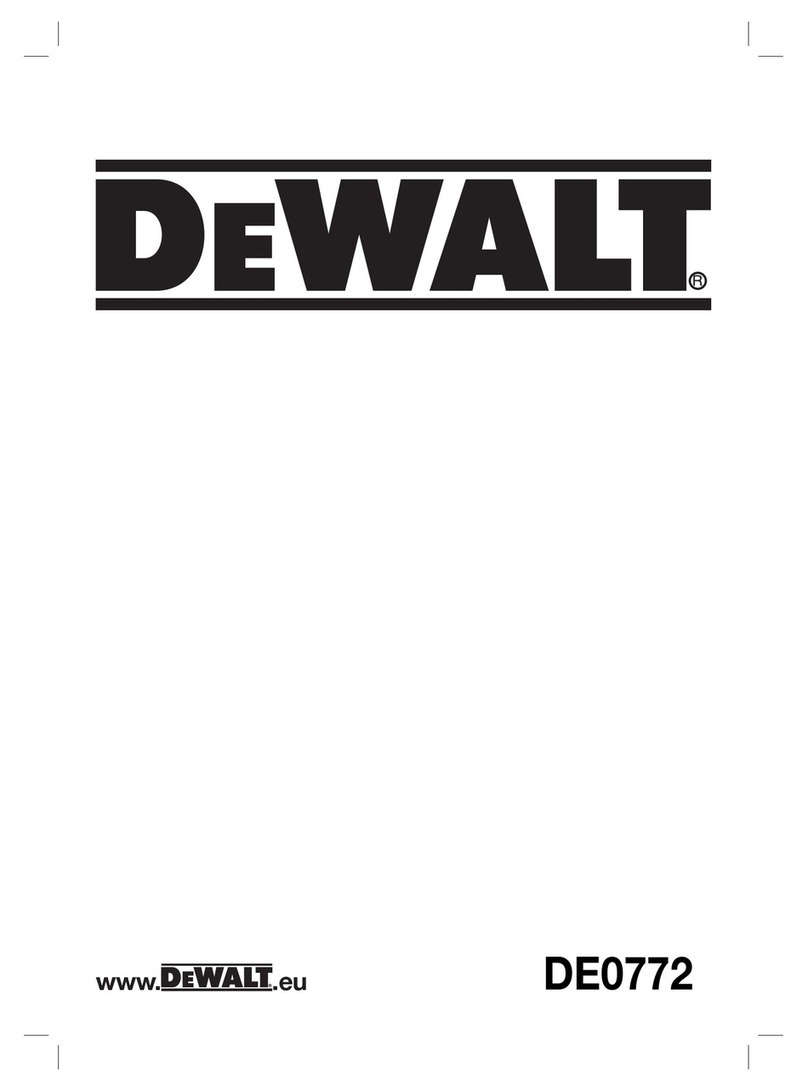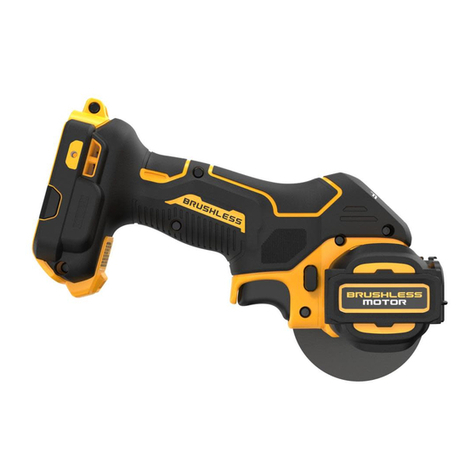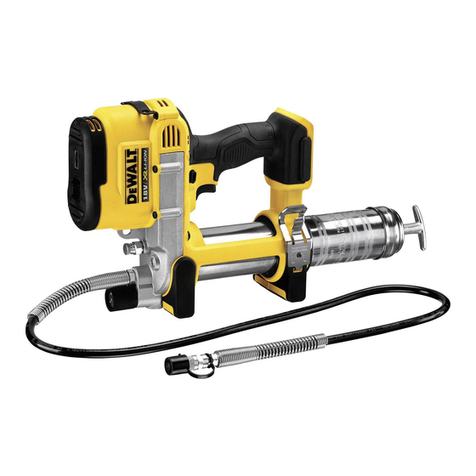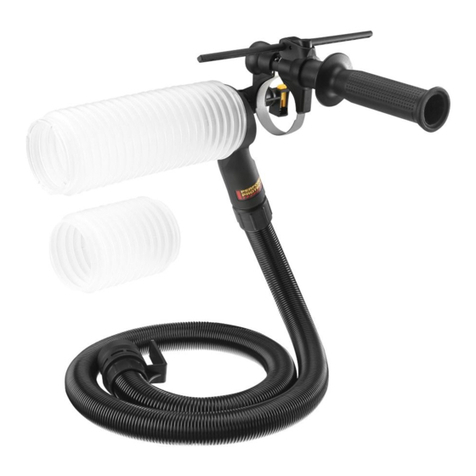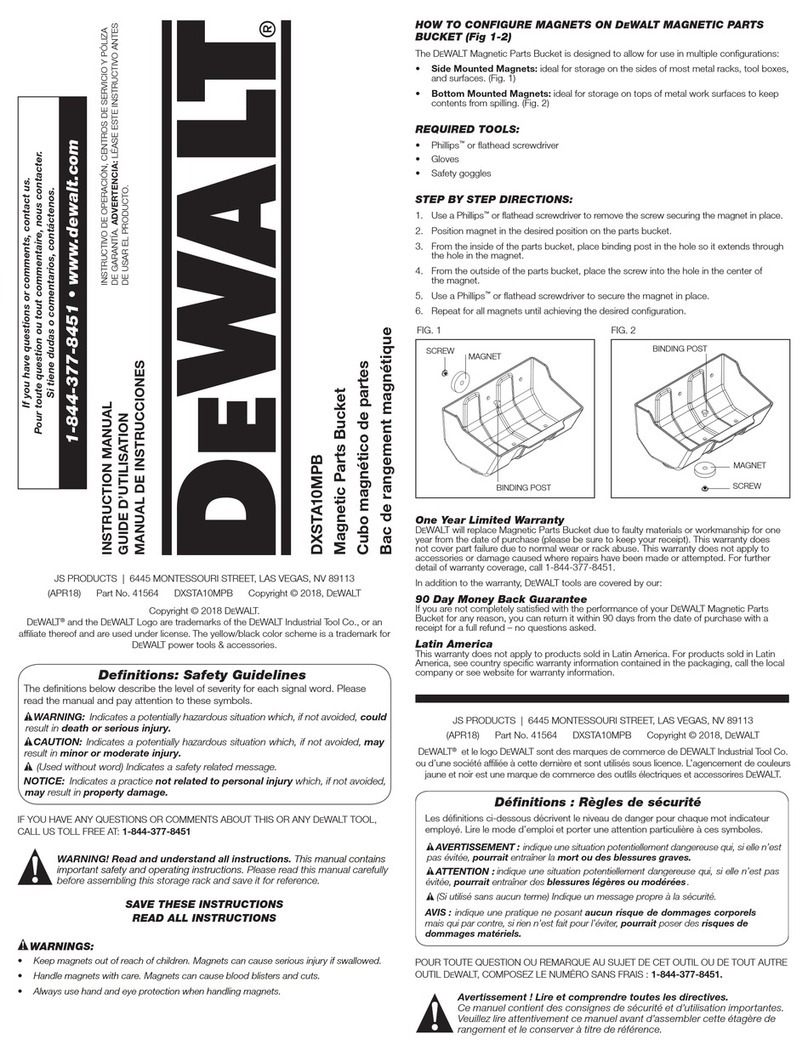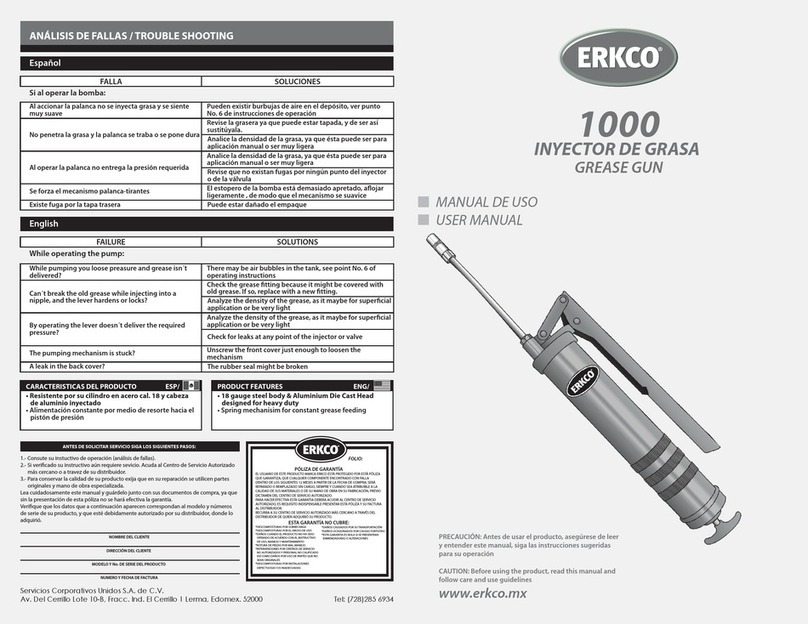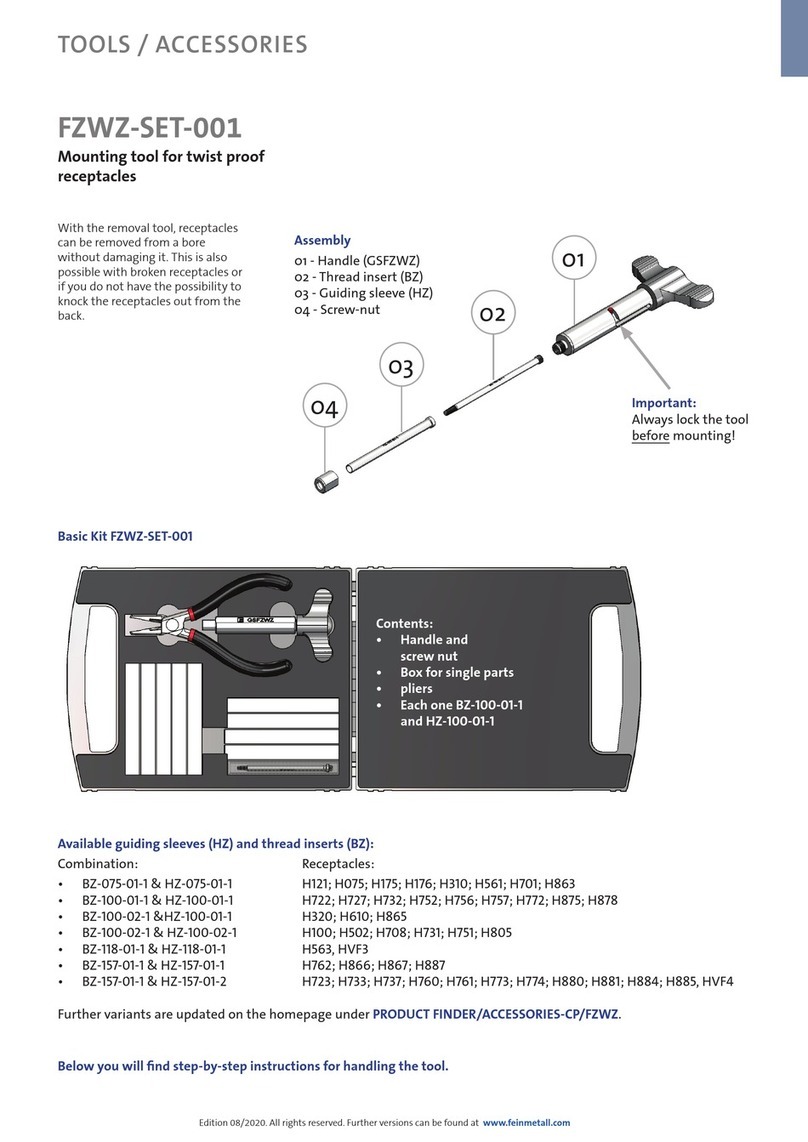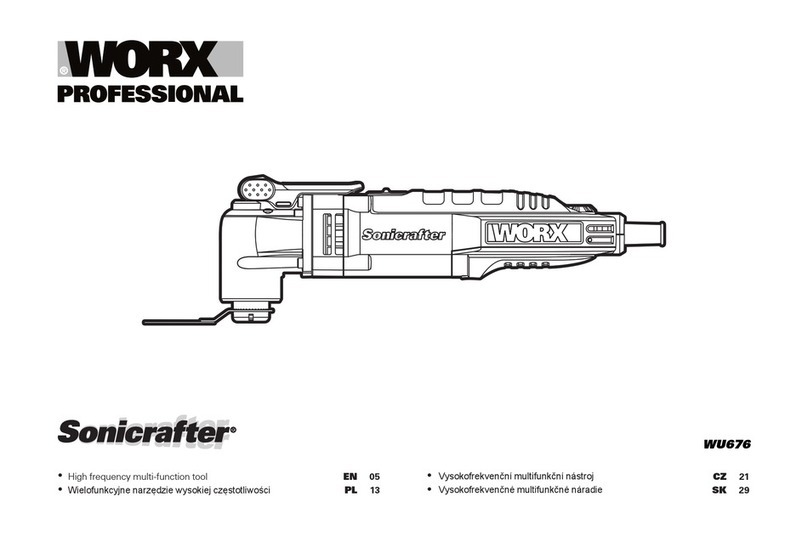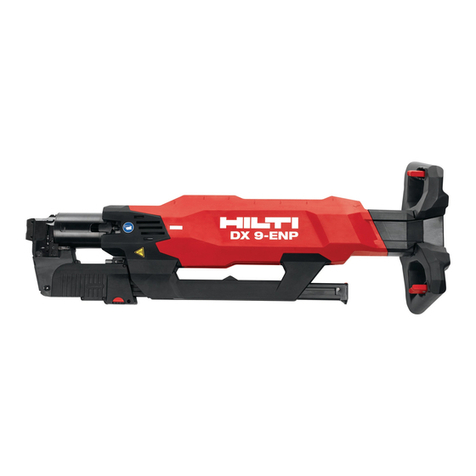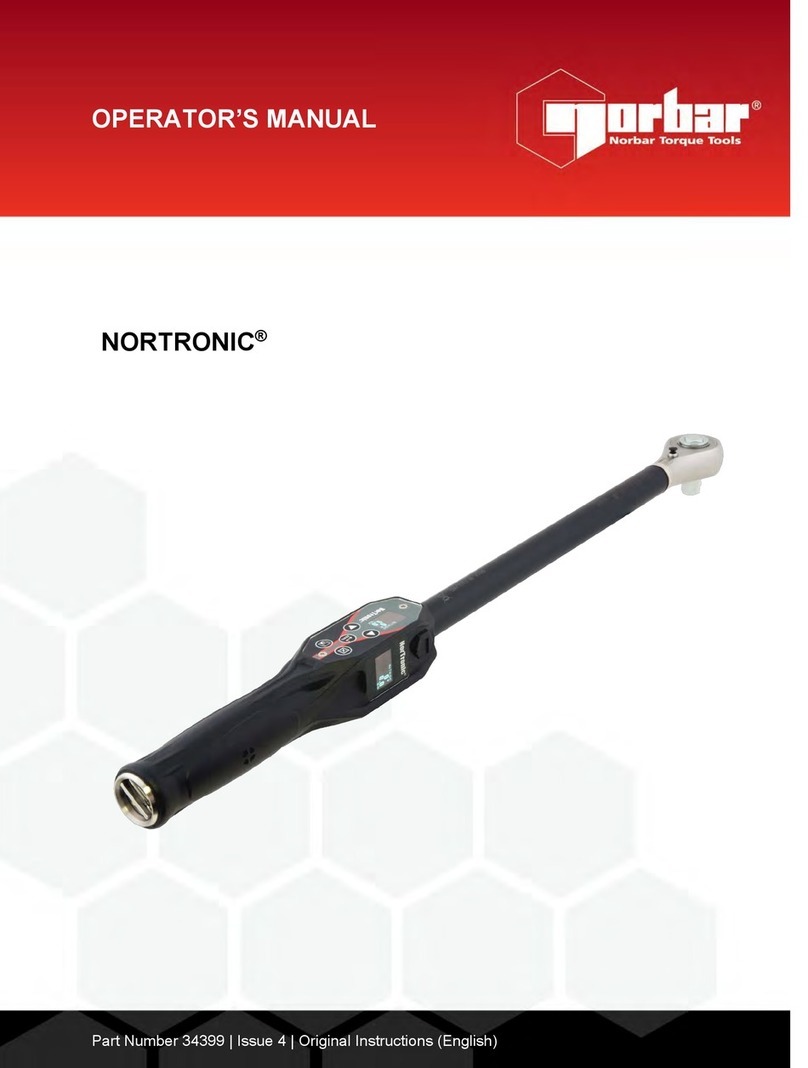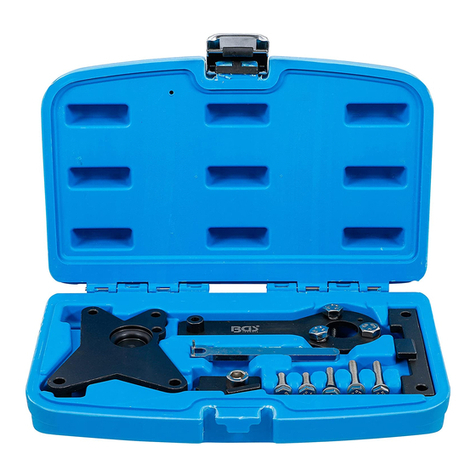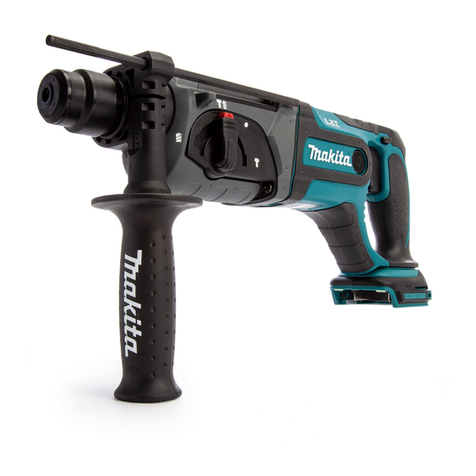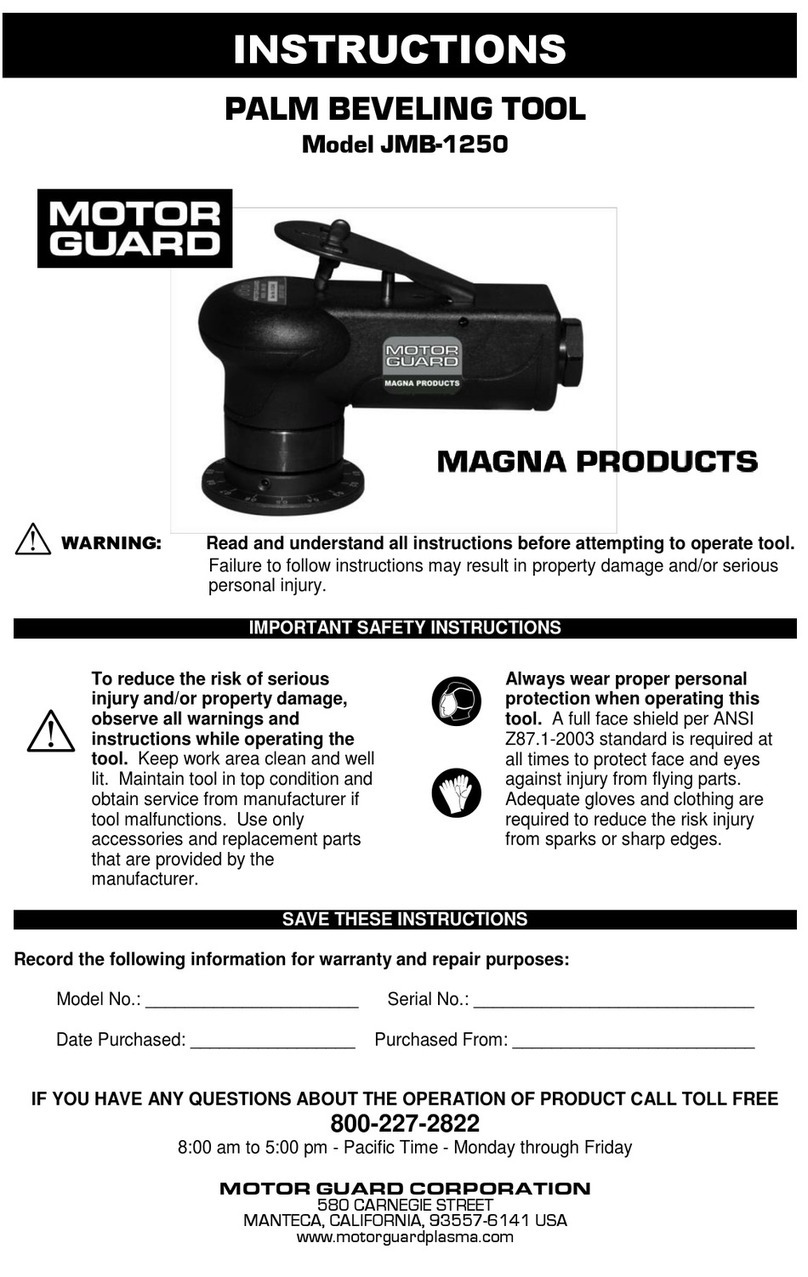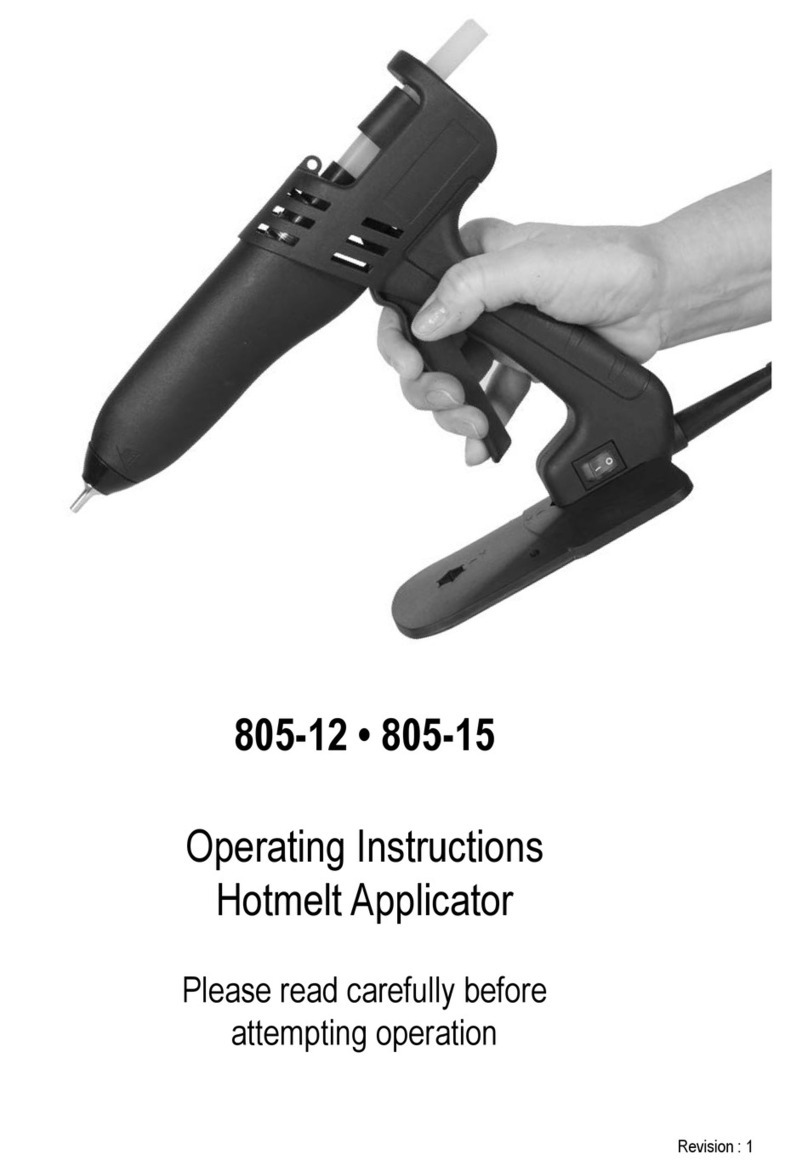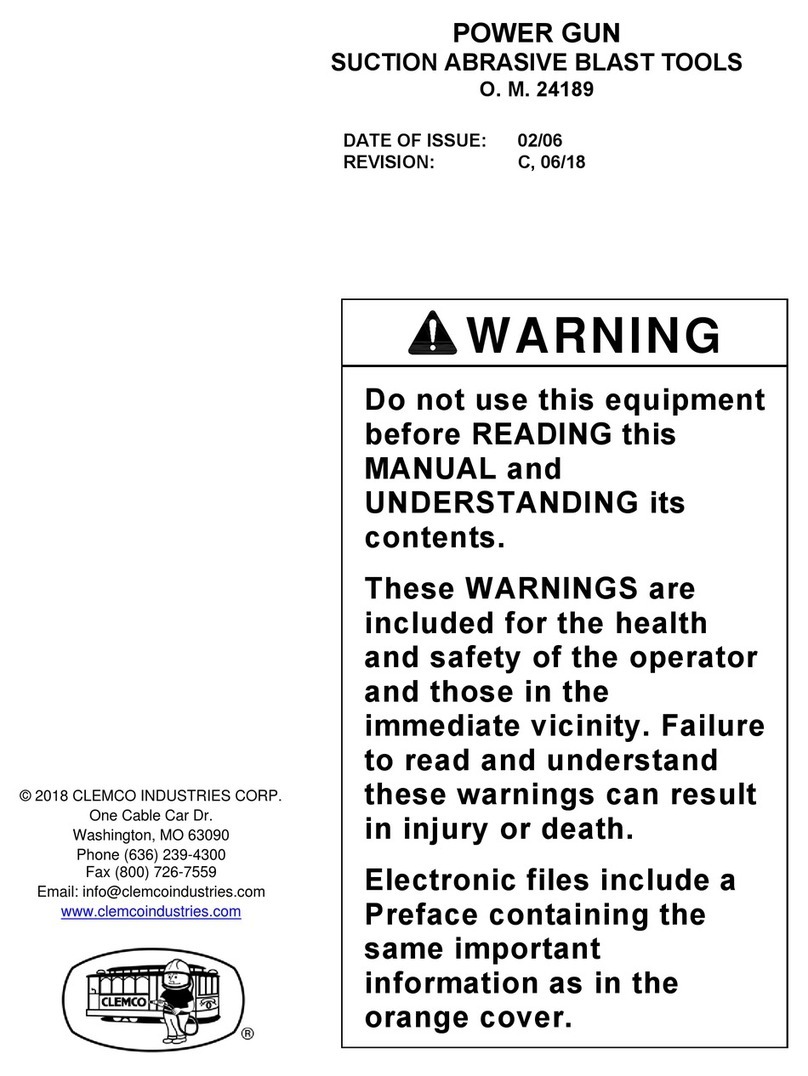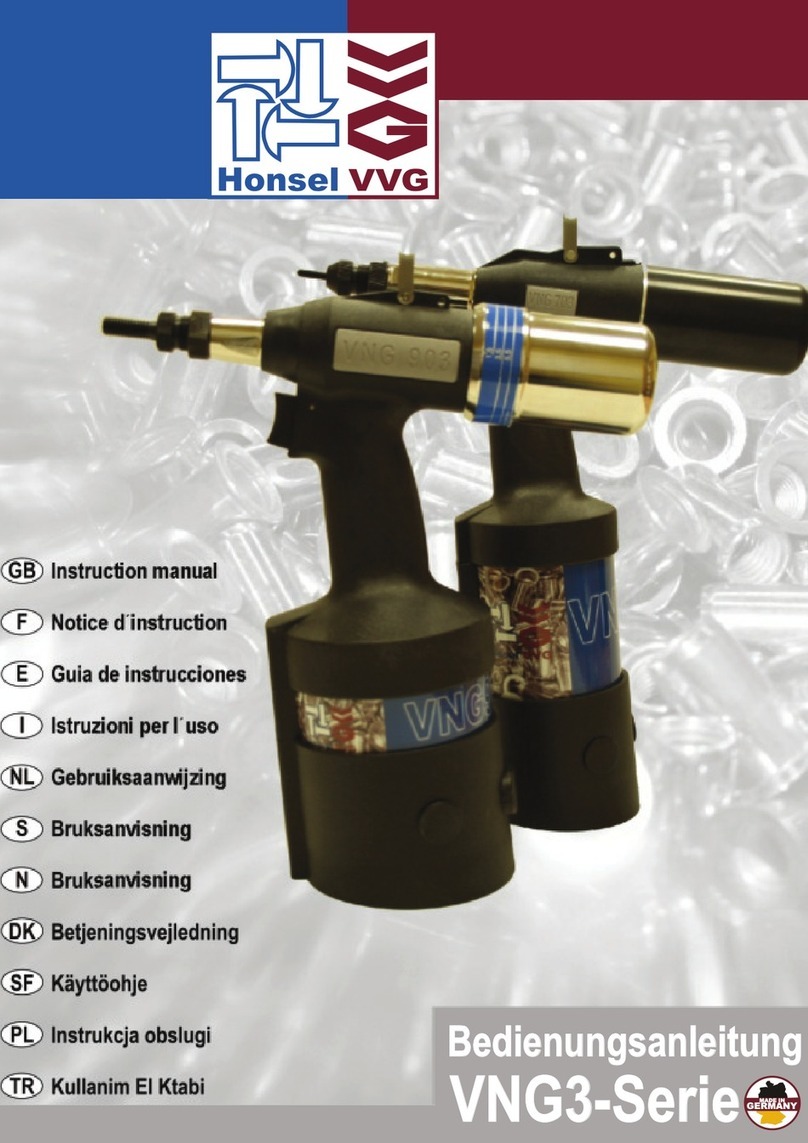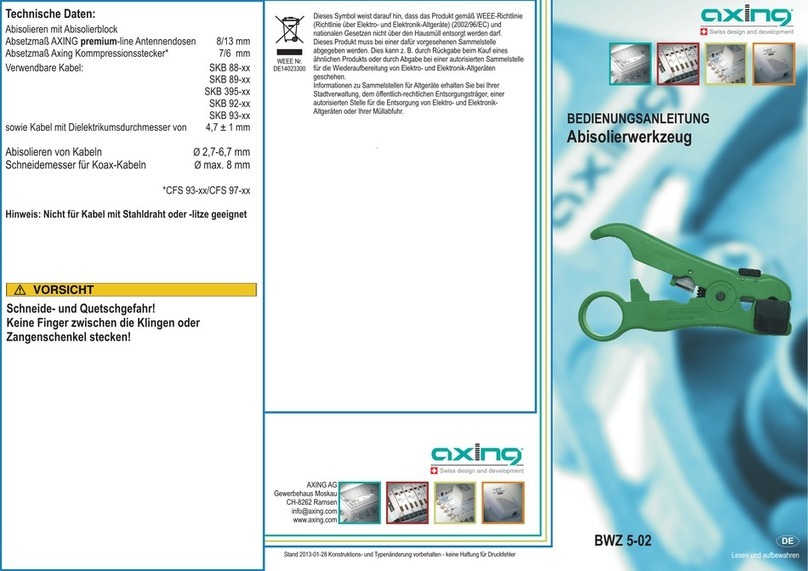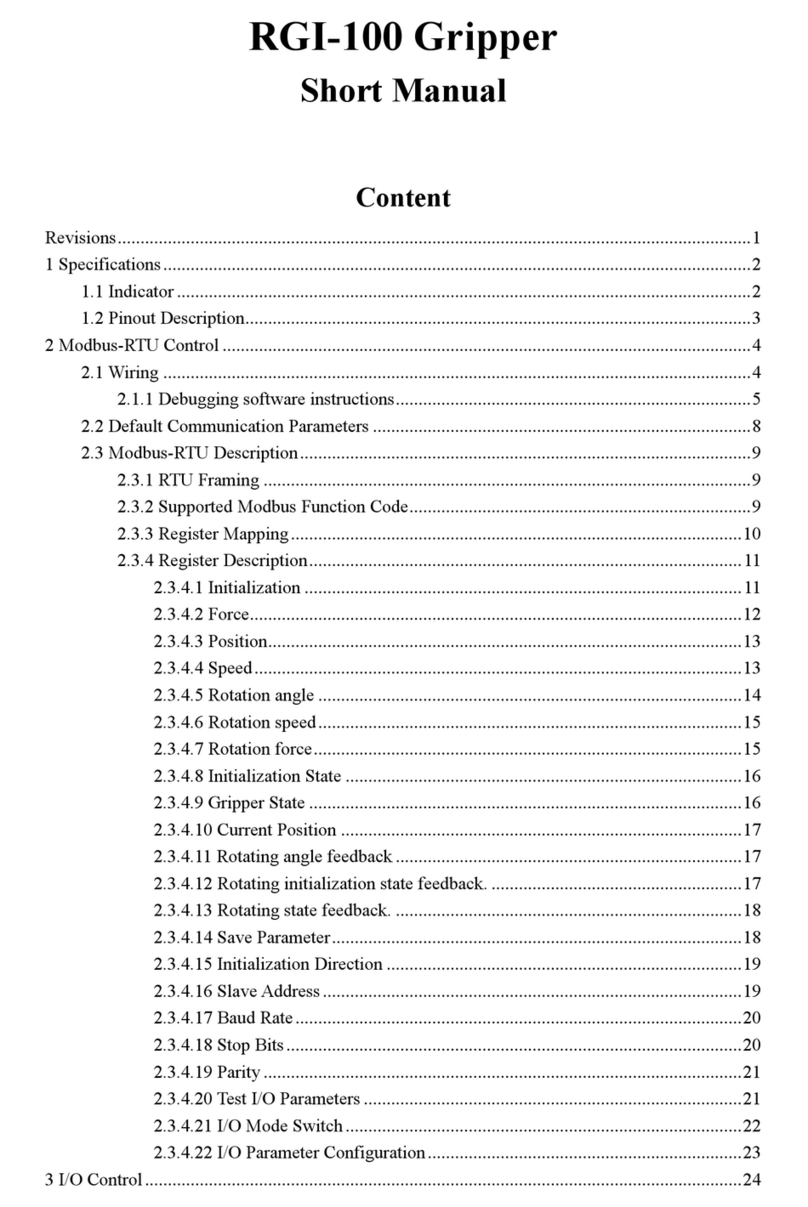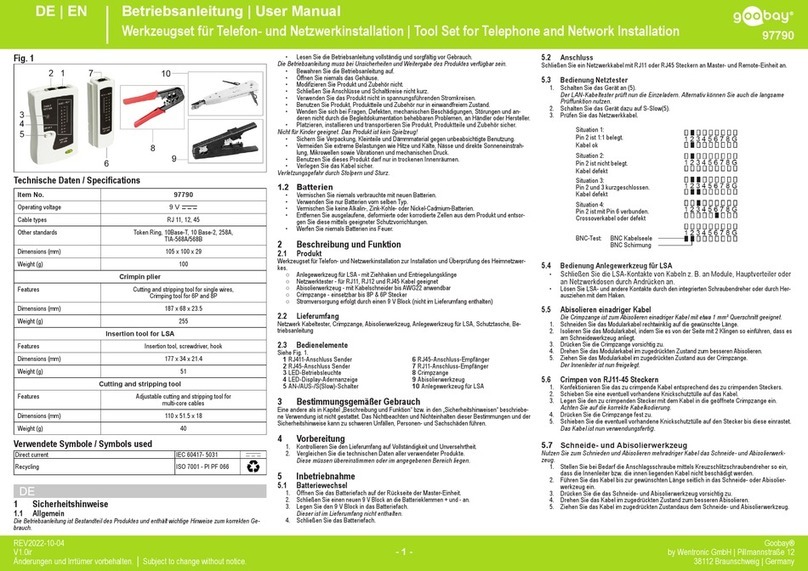
P35s EN 8
injury to the operator or bystanders along with damage to the tool.
4. Do not load the tool until you are ready to make a fastening. Check the power load level before inserting
it into the tool chamber.
5. Fastener must be loaded prior to loading the powder load, to prevent injury to operator or bystander in
the event of an accidental discharge.
6. Do not close tool against work surface. The tool should be manually closed, with hand away from
muzzle/barrel to prevent accidental discharge.
7. Hold the tool perpendicular to the work surface at all times. Use a spall guard wherever possible.
This will limit the possibility of fastener ricochet which could cause serious injury or death to the
operator or bystanders.
8. Always perform a test fastening with the lightest load level designed for use in the tool. If the lightest
load fails to set the fastener, try the next highest load until the proper level is attained. Failure to follow
this procedure may cause the fastener to be overpowered. If this occurs, the fastener may fully penetrate
the base material causing serious injury or death to someone. Overpowering the fastener can also
damage the tool, creating a safety hazard to both the operator or bystanders.
9. Do not fasten into cast iron, tile, glass, or other types of brittle materials. These materials can shatter
and create sharp fragments which may cause injury.
10. Do not fire tool within 3" (three inches) (76mm) of the edge of a concrete base material or within 1/2"
(one-half inch) (13mm) of the edge of a steel base material.
11. Do not attempt to install a fastener closer than 3” (three inches) (76mm) to another previously inserted
fastener in concrete or 1-1/2" (one and one-half inch) (38mm) in steel.
12. Do not fasten into a concrete base material less than 3 times as thick as the fastener penetration or into
a steel base material thinner than 1/8"3mm).
13. Never attempt to install a fastener in a cracked or spalled area in concrete. Place fastener at least 3"
(three inches) (76mm) away from a spalled area to prevent the possibility of the fastener bending and
striking an operator or bystander.
14. Do not attempt to install fasteners in areas that have been welded or cut with a torch as these
procedures may have caused local hardening of the steel.
15. NEVER attempt to drive fasteners through predrilled holes. Fasteners can deflect or ricochet potentially
causing serious injury to you or bystanders
16. If you decide not to make a fastening after the tool has been loaded, you must always remove the
powder load first followed by the fastener.
17. Never attempt to override the safety features of this tool.
HANDLING THE TOOL AND POWDER LOADS
1. Never leave a loaded tool unattended. Once the tool is loaded, make the fastening immediately or unload
the tool.
2. Always unload the tool before work breaks, changing parts, cleaning or servicing, and when storing.
3. To prevent accidental discharge of loads, never carry the powder loads in the same container as the
fasteners or other hard objects.
4. Always store the powder loads in the containers provided or in an enclosure provided for them. Never
intermix the various power levels. Keep them segregated in clearly identified containers.
5. NEVER use powder loads in firearms. Serious injury or death can occur.
6. Powder actuated tools and powder loads should always be stored under lock and key. Tools must be
unloaded when not in use.
TOOL MALFUNCTION
1. In the event that a load fails to discharge after the trigger is pulled, the tool must be kept depressed
against the work surface for a minimum of 30 (thirty) seconds in case of a delayed load discharge. Then
carefully remove the entire load strip. and dispose of it in a can of water or other nonflammable liquid.
Never attempt to force or pry a load out of a tool chamber.
2. Never discard unfired powder loads into a trash container.
3. Do not attempt to unload or disassemble a jammed, stuck or broken tool as improper handling may
cause it to discharge and strike operator and/or bystander. A jammed tool must be pointed in a safe
direction at all times. Tag the tool and lock it up. Call your DEWALT representative for proper assistance.
